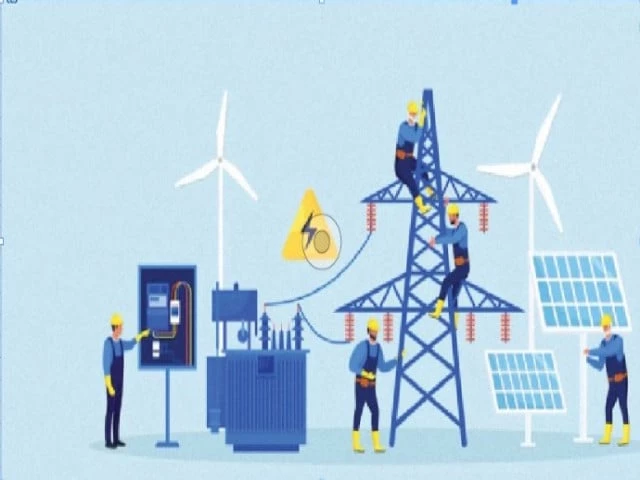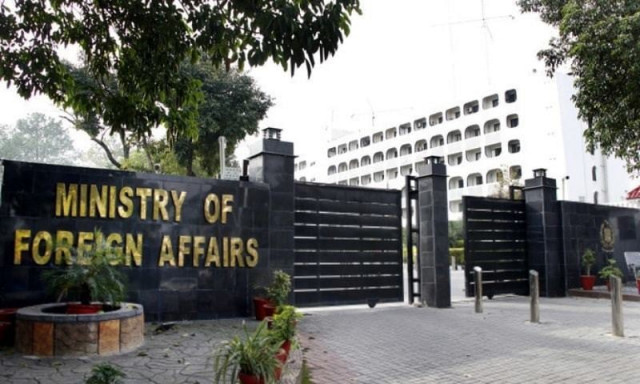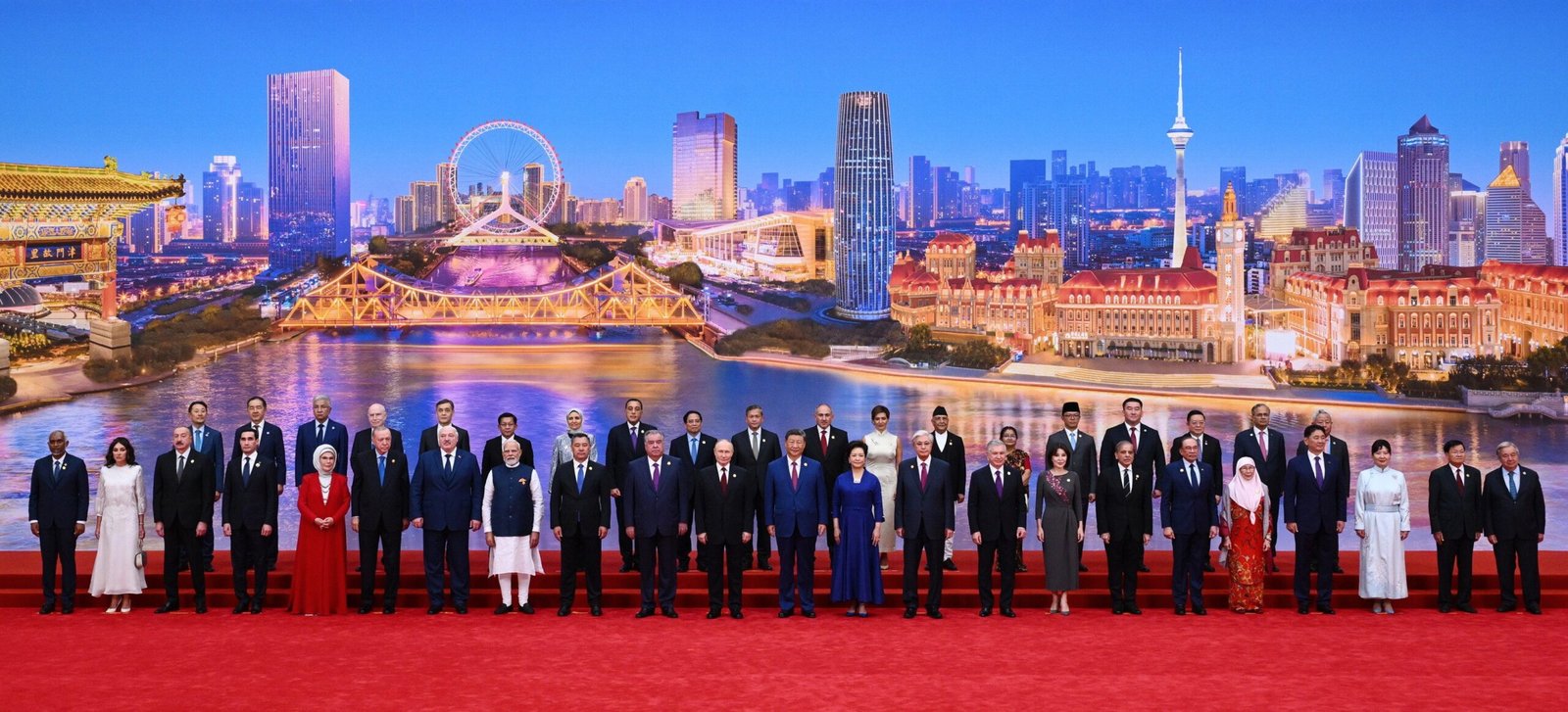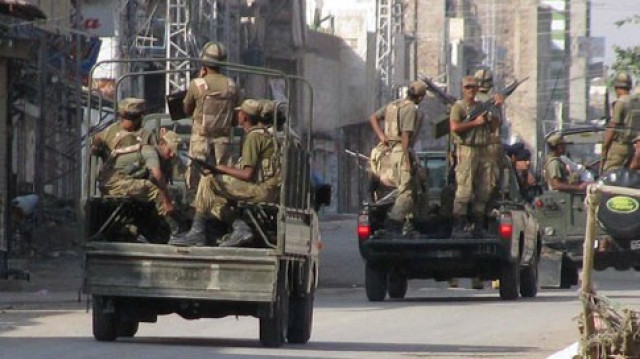Navigating Pakistan’s Energy Debt: What You Need to Know
The economic landscape in Pakistan is intricately tied to its energy sector, and recent news sheds light on significant developments regarding the China-Pakistan Economic Corridor (CPEC) power projects. As of June this year, the government has managed to reduce its outstanding dues related to these projects to Rs423 billion—a figure that might see resolution soon, contingent on tackling issues surrounding late payment interest.
To give you some context, since 2017, Pakistan has disbursed a staggering Rs5.1 trillion for energy costs associated with 18 Chinese power plants. This is about 92.3% of the total billed amount, including interest. However, the government believes the actual remaining energy cost is less than Rs300 billion, with the balance attributed to late payment surcharges.
This situation is further complicated as the government looks to borrow nearly Rs1.3 trillion from local banks to address the circular debt affecting state-owned, nuclear, and privately-owned power plants, along with those operated by Chinese firms. Negotiations are underway to possibly waive some of the interest on these debts, but it remains uncertain whether Chinese lenders will agree.
The CPEC Energy Framework Agreement mandates that the government must fully settle its dues, irrespective of recoveries from end consumers. Prime Minister Shehbaz Sharif’s upcoming visit to China aims to attract investment and address these debt concerns, which are crucial for bolstering financial and commercial relations between the two countries.
The bottom line? Pakistan’s energy sector is in tumult, yet it remains a focal point for attracting foreign investment, especially from China. If you’re keen on learning more about the evolving situation or wish to delve deeper into similar topics, feel free to connect with us at Pro21st. We’re here to keep you informed and engaged!
At Pro21st, we believe in sharing updates that matter.
Stay connected for more real conversations, fresh insights, and 21st-century perspectives.





